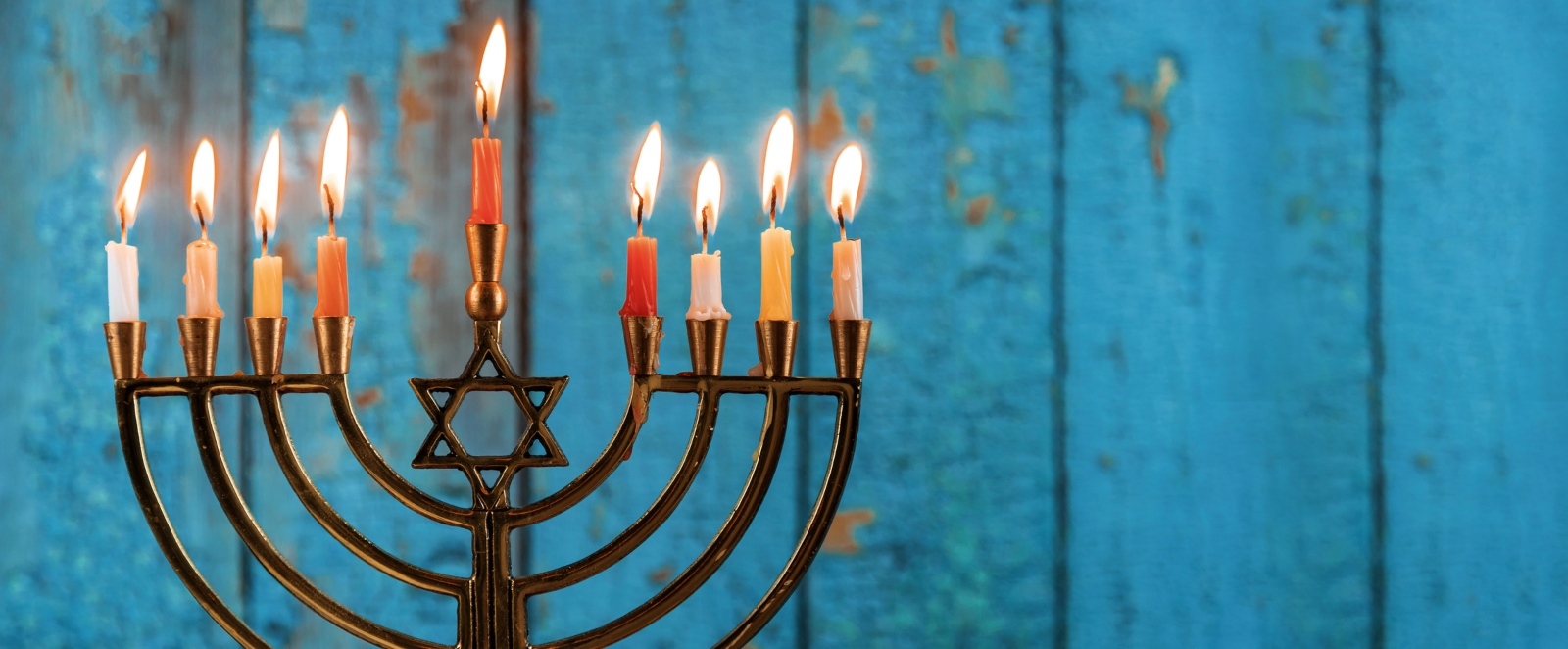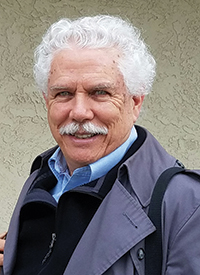This eight-day “Feast of Dedication” starting on the 25th day of Kislev (December 10-18 this year), is a rededication to the faith honoring an ancient victory over Greek domination of Jewish culture. It includes the lighting of the menorah each festival night. The candelabrum has eight branches and a shammash, a central candle used to light each of the other candles.
The festival originated in 160 BC. In 332 BC, Alexander the Great took control of Jerusalem. By 160 BC, the Hellenic influence was so strong that if it had continued Judean Judaism would have disappeared. The Greeks had infiltrated Judaism and taken control of the priesthood, changed the name of Jerusalem to Antioch-at-Jerusalem, with Greek educational institutions; it had become a Greek city!
One of the first and strongest critics of this Hellenic influence was the Jewish writer, Jesus ben Sirach (c. 180 BC). Yes, his name was Jesus (surprised?). Interestingly, the most destructive high priest appointed by the Greeks was named Menelaus - this name goes back to the first dynasty in Egypt, Menes! Remember that Joseph and his father Jacob and his brothers all came out of Egypt. Remember, it was Jacob who became Israel by wrestling with God's angel. Menelaus was a symbolic throwback to a time before Israel. Add to this Cayce’s teachings about the “sons of light” and “sons of darkness” and how the Dead Sea Scroll titled "Wars of the Sons of Light Against the Sons of Darkness" referred to the fierceness of the struggle between pure truth and deceptive illusions, between light and darkness. Judaism was getting lost in Greek culture, so the struggle began to shake off the Hellenic influence over pure Jewish teachings and traditions - which had come to them from God, not from man.
The struggle went on for a very long time. In 59 BC, a class war erupted between the Jewish priests and the corrupt Hellenic priests, which caused Temple worship to decline for hundreds of years, dating back to Ezra standing on a pulpit of wood and reading from the Torah to the people (c. 500 BC). Since that ancient time, worship moved increasingly away from the Temple to synagogues, located throughout the Jewish communities. From Egypt in the south to Syria in the north, and west to Persia community synagogues became the places for worship. When the Temple was destroyed by the Romans in 70 AD, the spiritual vacuum was not nearly as devastating as the first destruction of the Temple by the Babylonians in 586 BC, because the support structure for worship had moved to community-based synagogues.
In the Cayce work, we find that the struggle to hold to the true faith repeats itself throughout human history, with soul groups cycling through this world again and again to retain the purer spirituality and higher consciousness. In a prophecy about the coming Messiah, Cayce referred to Xerxes, the Persian leader whose armies failed in their attempt to end the Greek influence in 475 BC. Why would Cayce use this ruler from the ancient past? The answer is because many looked to Xerxes to free them from Greek domination but our salvation from deceptive teachings and leaders is NOT found out here in the powers of this world. Rather, it is found in the Omnipotent, All-Knowing God that gives and sustains life. Where is this God? In the hearts and minds of those who love goodness and seek the help of the Omnipotent in keeping the truth alive. The needs are the same today as they were in ancient Egypt, Greece, Troy, and Persia. We must not look for our deliverance among the powers of the physical world and egocentric leaders, we will not find it there. As the writer, Jesus ben Sirach taught us, we must hold to a delicate but transformative power of God’s promises, despite our impatience and the allure of the worldly powers and quick solutions. Hanukkah is a time for rededication. It is a time to shake off secular satisfactions and return to loving God and one another, the two great commandments: found in Leviticus 19:18 (3rd book of the Torah) and Deuteronomy 6:5 (5th book of the Torah).
There is also a seven-candle menorah called the "Temple menorah." Mystically, each candle represents our seven spiritual centers or seven chakras, which are also referred to in the Revelation as the seven churches (places of spiritual energy) that Cayce correlated to our endocrine glands which secrete the power hormones in the "Temple" of our bodies. Those of us who have found benefit in meditation know how helpful it can be, energizing the body through its seven chakras and kundalini pathways can be revivifying and sustaining to our spiritual enlightenment and soul growth, as well as giving us more light and better vibes to help others. This is also in the Jewish tradition, as seen in the Temple that Moses was guided by God to build.
Here's a little Christian angle on Hanukkah: The eight days of Hanukkah are also sacred because they mark the period from the birth of baby Jesus to his circumcision, from Jesus’ feeding of the 5,000 to his transfiguration, and from his first and second appearances in the resurrected body! All were eight days. Even the Israelite Passover period in ancient Egypt was eight days. Jesus was a Jew and affirmed Judaism: “Do not think that I have come to destroy the Law or the Prophets. I have not come to destroy but to fulfill.” (Matthew 5:17) And more directly: “Salvation is of the Jews.” (John 4:22)
Let’s rededicate ourselves by lighting the “candles” of our eight-day rededication to spirituality from so much materiality; and light the candles of our chakras in a symbolic act of rededicating our life as sons and daughters of the Light.






